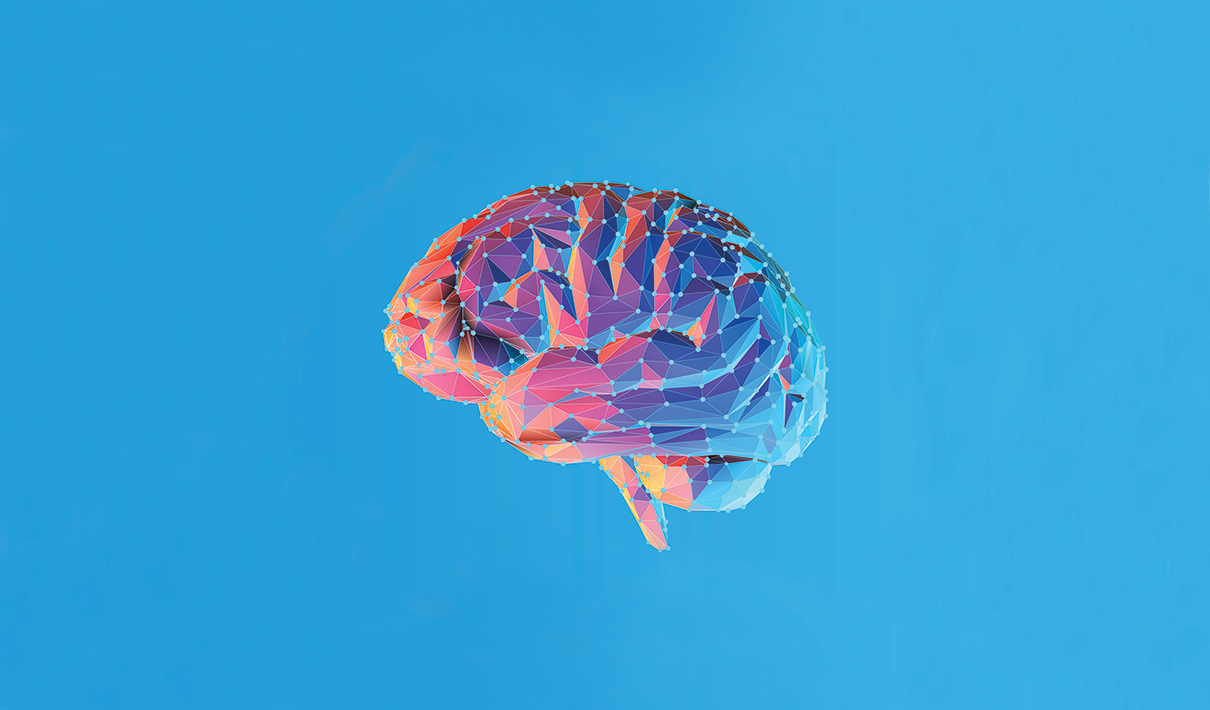Consumers have a lot going on. They’ve got jobs, maybe a few kids, a demanding cat, a house to clean—all of which take up space in their brains. That doesn't leave much room for brands, especially given the vast number of brands competing for attention on television, social media, bus shelters—pretty much any available space in the digital and physical realms.
Brands that burrow just beneath the surface of consumers' minds are more likely to be short-listed when shoppers are hurriedly scanning store shelves for the products they'll purchase. This concept of "mental availability," which refers to the propensity for a particular brand to be noticed or thought about in buying situations, achieved mainstream popularity in 2010 with the publication of Byron Sharp's bestseller, How Brands Grow.
Package design is arguably the most important marketing "channel" for mental availability; it reaches 100% of in-store buyers at the time when they're actively making purchase decisions. Advertising plays an important role in driving brand awareness when consumers aren't shopping—but advertising that doesn't connect to the package design ultimately has little impact on purchase behavior.1 Packaging is the last link in the chain. (Sometimes it's the first, too—but it's always the last.)
Advertising plays an important role in driving brand awareness when consumers aren't shopping—but advertising that doesn't connect to the package design ultimately has little impact on purchase behavior.
Historically, no formal measurement system existed to gauge the mental availability of a brand. As a result, some brands today aren't even aware that they have low mental availability—or, if they are, they may not feel like they have the depth of information required to address the problem.
How can brands assess their mental availability?
Distance recognition
In physical stores, highly recognizable brands tend to act as “anchor points” as consumers approach a particular aisle. These brands are more likely to make it into consumers’ transactional
consideration sets—and, ultimately, more likely to get purchased. Strong distance recognition can be driven by brand familiarity, larger package sizes, highly prominent and legible branding, and the presence of distinctive assets.
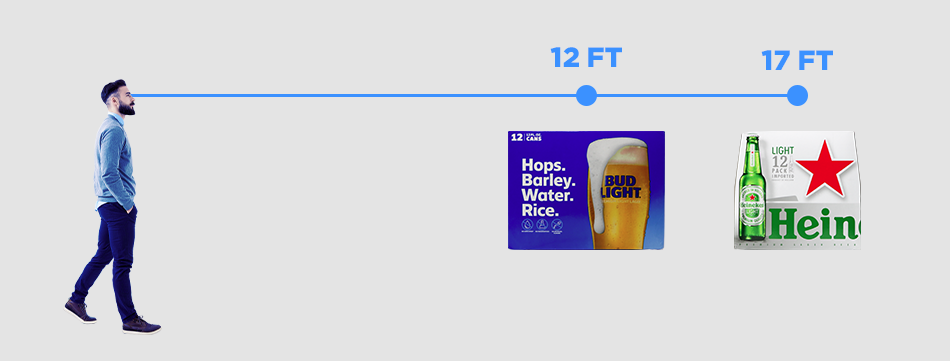
The light beer category provides an interesting example. Bud Light and Heineken are familiar to almost all category consumers but, based on Designalytics' consumer evaluation, Heineken is recognizable from a significantly greater distance—17 feet, versus 12 feet for Bud Light. Notably, most of Heineken's brand name isn't even visible when viewing the front of the package. However, the brand has more distinctive assets than any other top-selling brand in the category; consumers cite its red star, green bottle, and logo (even the truncated version) as highly unique to the Heineken brand. In contrast, Bud Light's ingredient-first approach appears to come at the expense of superior distance recognition.
Memory structures
If mental availability is a house, memory structures are the bricks that make up that house. Memory structures are associations tied a specific brand, such as the brand name, the product's appearance, the brand's personality, the context in which the product is used, and so on. These "bricks" can be added over time to increase the size of the house (i.e., the brand's mental availability). Marketing activities that consistently tap into memory structures strengthen the "house."
The lip balm category showcases multiple different types of design-driven memory structures. Burt's Bees utilizes the color yellow, along with multiple graphic elements including illustrations of the "old man" and the brand's iconic bee. Notably, in categories where multiple brands employ the same color, unique color combinations can provide an additional line of defense against brand confusion. For example, Carmex also lays claim to the color yellow, but the product's distinctive red cap helps to set it apart from Burt's Bees. Meanwhile, EOS' unusual, egg-shaped product format is a highly memorable attribute.
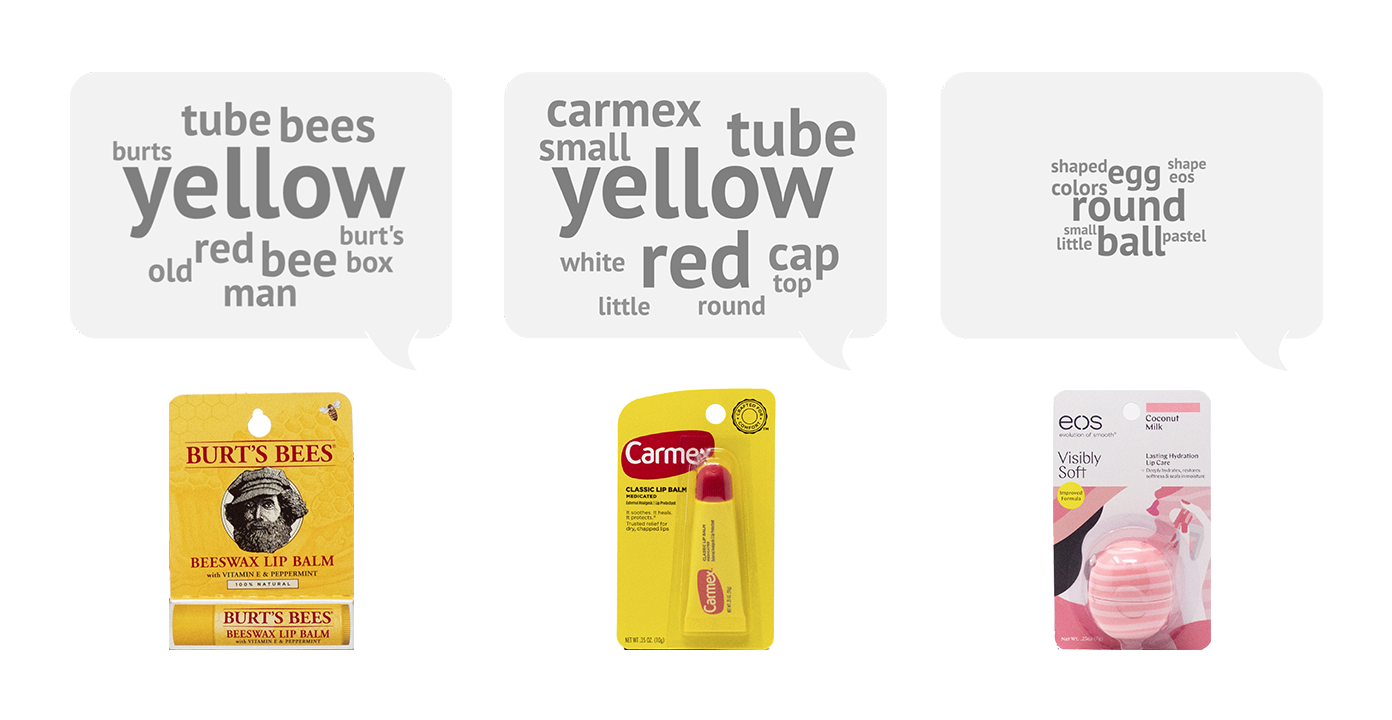
Notably, EOS' new packaging, which just hit retail shelves, reinforces the brand's "round" memory structure with its circular logo and coconut graphic.
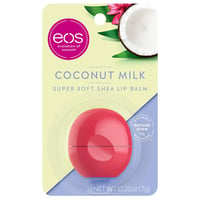
It's worth noting that, in order for memory structures to be effective, they must link to a specific brand, not just the category in general. For example, in the dog food category, images of adorable canines are practically ubiquitous, and many brands vary the dogs they feature across their different product varieties and sub-brands. Generally, consumers don't connect these images with one brand in particular. However, dog food brands that consistently use the same canine celebrity on their packaging may succeed in developing brand-specific memory structures.
Distinctive assets
Distinctive assets are colors, typefaces, symbols, shapes, characters, or other graphical elements that are linked to a particular brand. They facilitate brand recognition, help to differentiate between competitors and sub-brands, add extra "umph" to marketing efforts, and enable more flexible creative by relying less on a brand's logo.
For example, the transparent, teardrop-shaped bottle that Method uses for its hand soap is a highly distinctive package format. In fact, category buyers indicate that the bottle shape is the product's most distinctive asset, beating out even the Method logo. "I love the shape. It's different from other competitors," remarked one consumer in Designalytics' study.
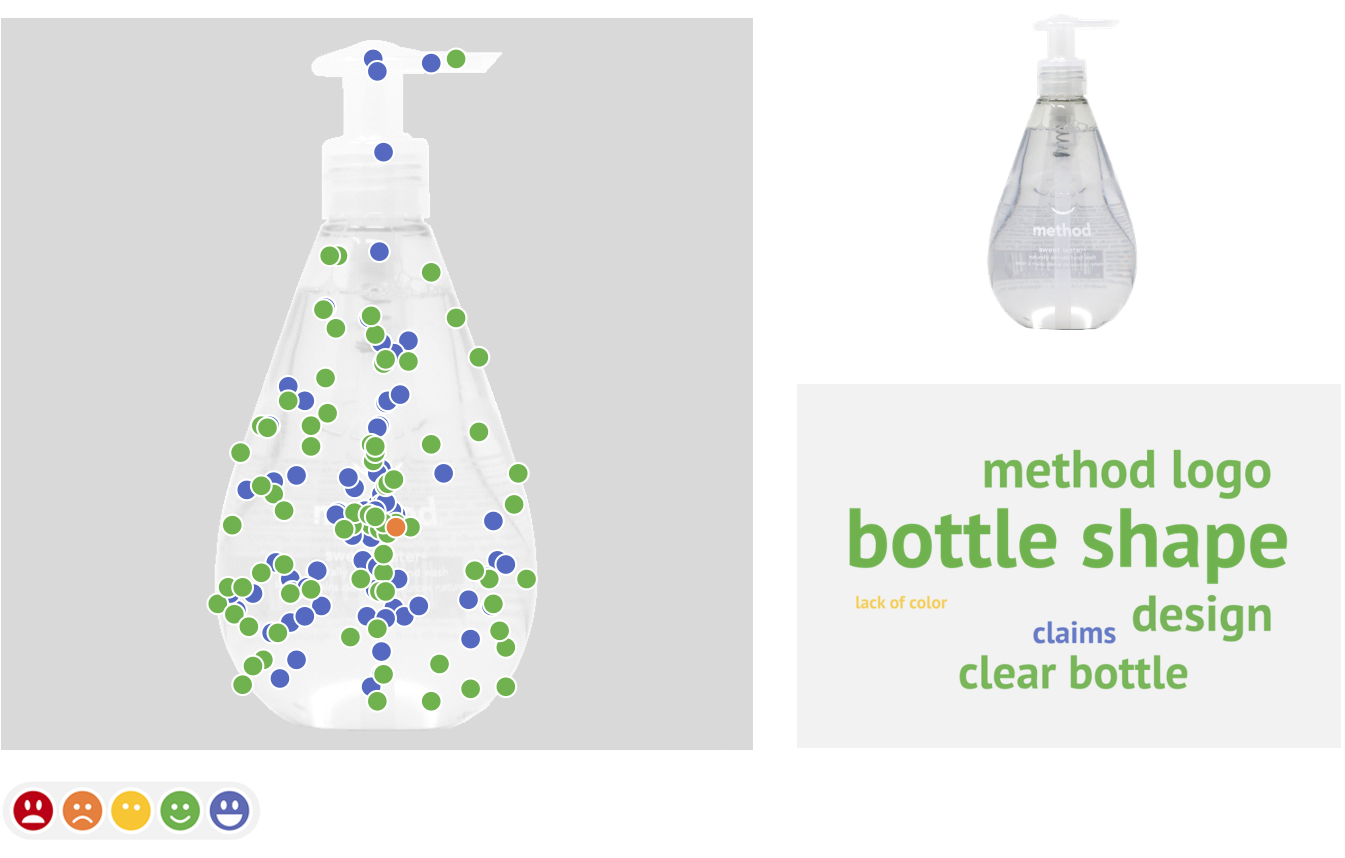
Method has always adopted a minimalistic branding approach, which can present challenges for brand identification at times. For example, its artsy, limited-edition hand-soap packaging differs dramatically across varieties, so its distinctive bottle shape is a particularly important constant—which Method wisely leans into. The brand's recent Instagram posts match on-pack graphics to the image backgrounds, highlighting the unique bottle shape—and topping it off with a deep drop shadow for good measure.
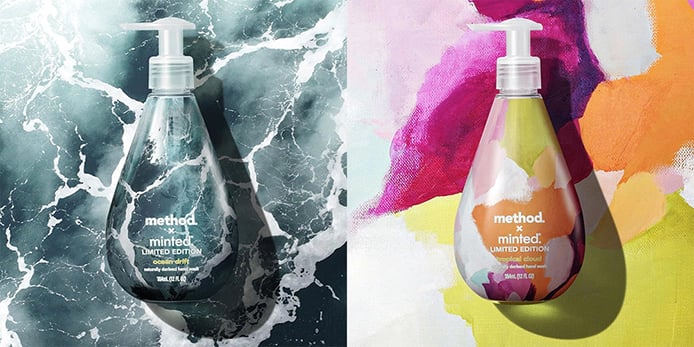
Design is the bedrock of strong mental availability, which links all marketing efforts to the moment of purchase. Brands, both small and large, should constantly be striving to cement and increase their mental availability through consistent, strategic use of their visual brand assets. Of course, it's always helpful to begin with the consumer view when asking questions like, "Which assets are viewed as truly unique to the brand? Which assets are not yet distinctive, but appealing and worthy of greater emphasis? Which distinctive assets would be more likable if rendered differently?"
If you'd like to learn more about how Designalytics measures mental availability or see how brands in your category perform on mental availability metrics, drop us a line.
1 Byron Sharp, How Brands Grow, 2010.

